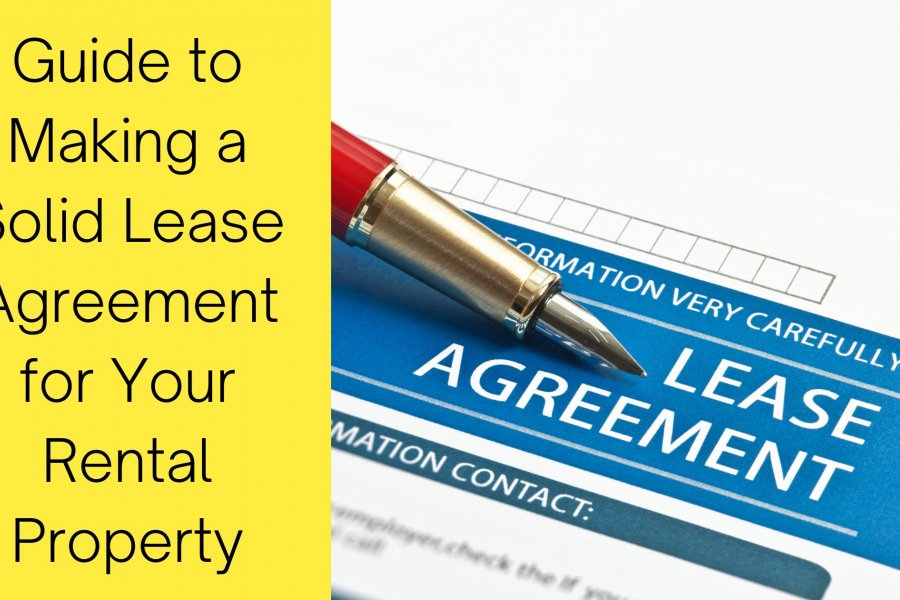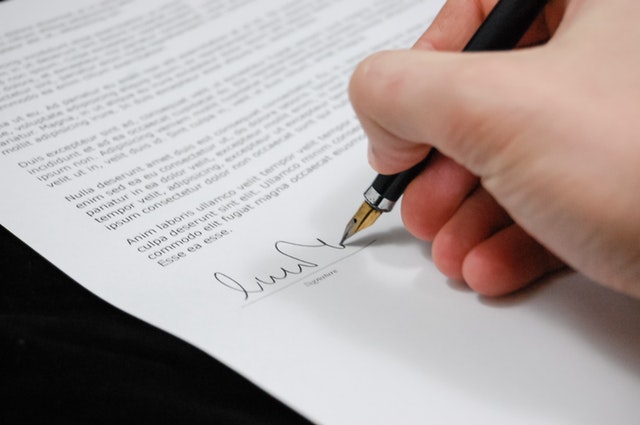
Putting things in writing ensures proper understanding. Financial institutions typically ask you to sign an agreement before opening an account or releasing a loan. As a landlord renting out your unit, this practice should also apply to you. You should have a signed leasing agreement with your renter.
Lease agreements tie the landlord and renter to comply with the terms and conditions set in the agreement. They outline all of the landlord’s duties, property policies, clauses, and disclosures.
In case certain situations arise, lease agreements can be a reference point for the tenants on what actions to take. The lease also contains specific procedures in paying the rent and submitting a request for property maintenance.
Methods to Draft a Lease
If you’re a new landlord, crafting a lease from scratch can be challenging, especially if you have minimal knowledge of property laws. There are a variety of ways available to you when it comes to creating leases.
If you don’t have the time to study every detail of the laws for compliance, you can consider hiring a property management company. At Mark Thomas Properties, you can trust that with our experience and expert knowledge, we’ll create a lease suitable for your rental home!
Purpose of Leasing Agreements
When you manage your rental home, you can’t operate it without clarifying the rules or your responsibilities. With a solid lease agreement, renters can simply consult the lease to clarify any concerns they may have. A lease also protects your property by outlining clear property policies.

If you only have a verbal agreement, you can end up on a perpetual defense if a renter files a lawsuit against you. A lease is an acceptable proof in the courtroom and can protect you. Without one, a renter can misinterpret the leasing terms or simply say that they forgot they made a verbal agreement.
Another great thing about a lease is it helps reduce more disagreements between landlords and the renters. By affixing one’s signature on the written agreement, it’s a confirmation that the terms are understood. This limits costly legal battles.
Basics of a Lease
While leases may differ in clauses, the basics can appear the same. Here are details one can often find in a leasing agreement:
- Names of the Landlord and Renter(s) - Full names must be written down on the contract.
- Name of the Property and Address of the Property - The complete address including the unit number must appear on the lease.
- Due Date of the Rent - To prevent confusion, it’s advisable to state the specific and complete date of payment. This encourages the tenants to pay on time.
- Rental Term Period - Similar to the due date, the rental duration should be written down in full. You should have a start date and an end date. Mentioning only the term “one year” or “six months” can be vague and this can become a loophole for overstaying renters.

- Full Rent Amount - Ensure that the rent amount is written down in both words and figures. For additional rent charges such as pet fees, you can place them in a separate category to avoid confusion.
- Signature of Both Parties - A signed leasing agreement signifies that both are agreeable to the terms and conditions of the tenancy. Make sure to include the date of signing.
Vital Clauses and Policies in a Lease
Landlords have different priorities when it comes to policies. Clauses tend to be the same and align with the state laws. Some of the common ones you can include in your leasing agreement are the following:
1. Subletting of the Rental Space
Subletting means that your tenants can take in more renters to split the cost of the rental. If you want to properly identify all of the occupants in your rental property, you can allow renters to sublet upon a written approval from you.
2. Access to the Property
Tenants are entitled to privacy and you can only enter the rental for specific situations, such as in the case of property repairs, inspection, or during an emergency.

As a landlord, you must send a notice to your tenant prior to accessing the property, even if you’re the owner. The proper notice period should be observed. You can refer to state laws and if no specifics are stated, then it’s best to schedule during regular business hours.
3. Responsibilities of a Renter
Even if the brunt of work surrounding property maintenance lies with the landlord, renters are still mandated to do their duties. Some of these duties include properly discarding their garbage, keeping the unit reasonably clean and reporting property issues to the landlord.
4. Security Deposit
How the security deposit is stored and if it’s kept in an interest-bearing account is required information in some states. This must be written in the lease. For the security deposit refund, the process needs to be detailed in the contract to prevent conflicts.
Lease Disclosures
Leasing agreements also contain disclosures so the tenants know what to expect while renting your property. Common disclosures are the presence of radon, bed bugs and lead paint in the property.
Bottom Line
To cultivate a peaceful relationship with your tenants, having a leasing agreement is important. As a landlord, you must know the necessary details that should be on your rental contract to prevent the stress from disputes. Take time to learn how to craft a solid lease or contact us at Mark Thomas Properties to draft one for you!
